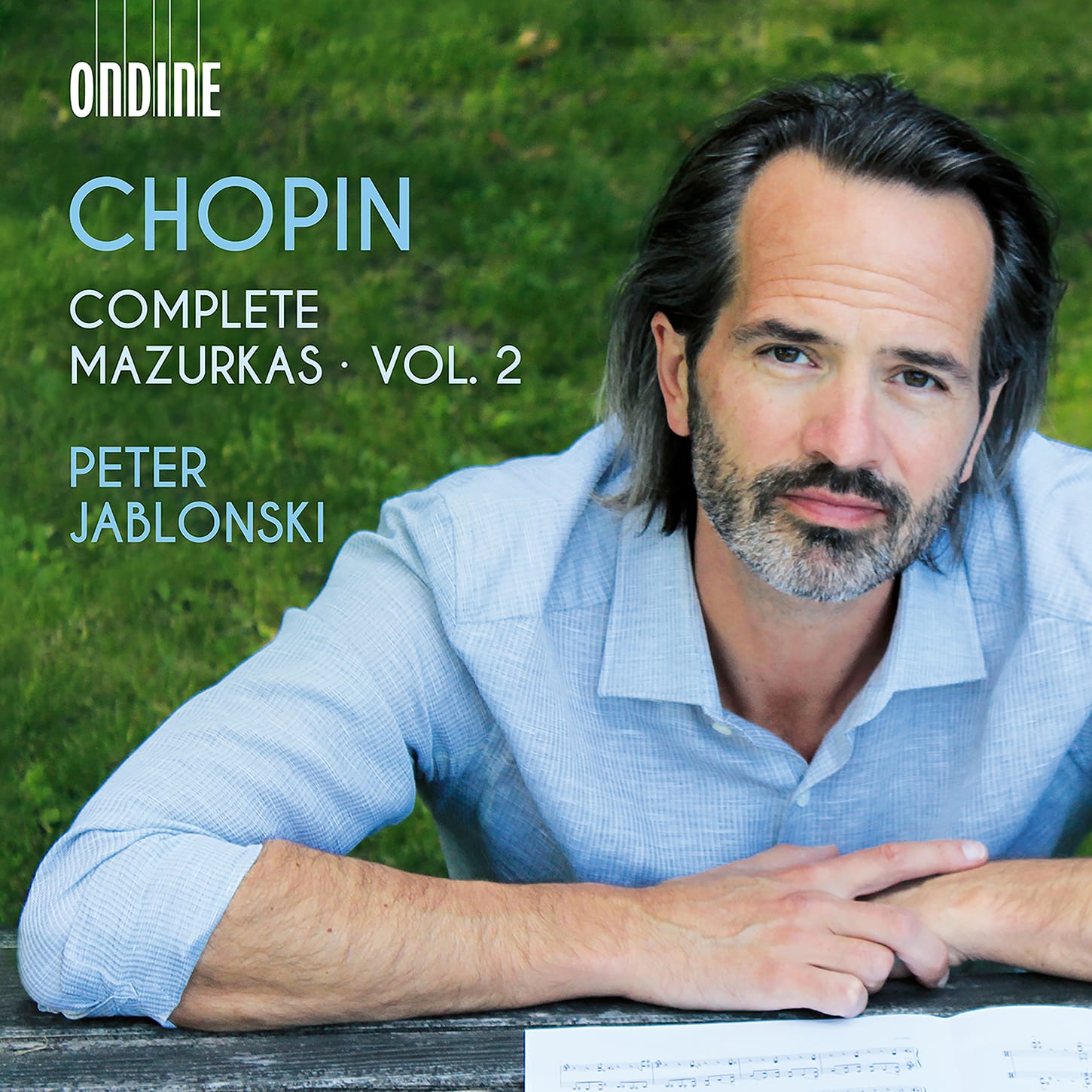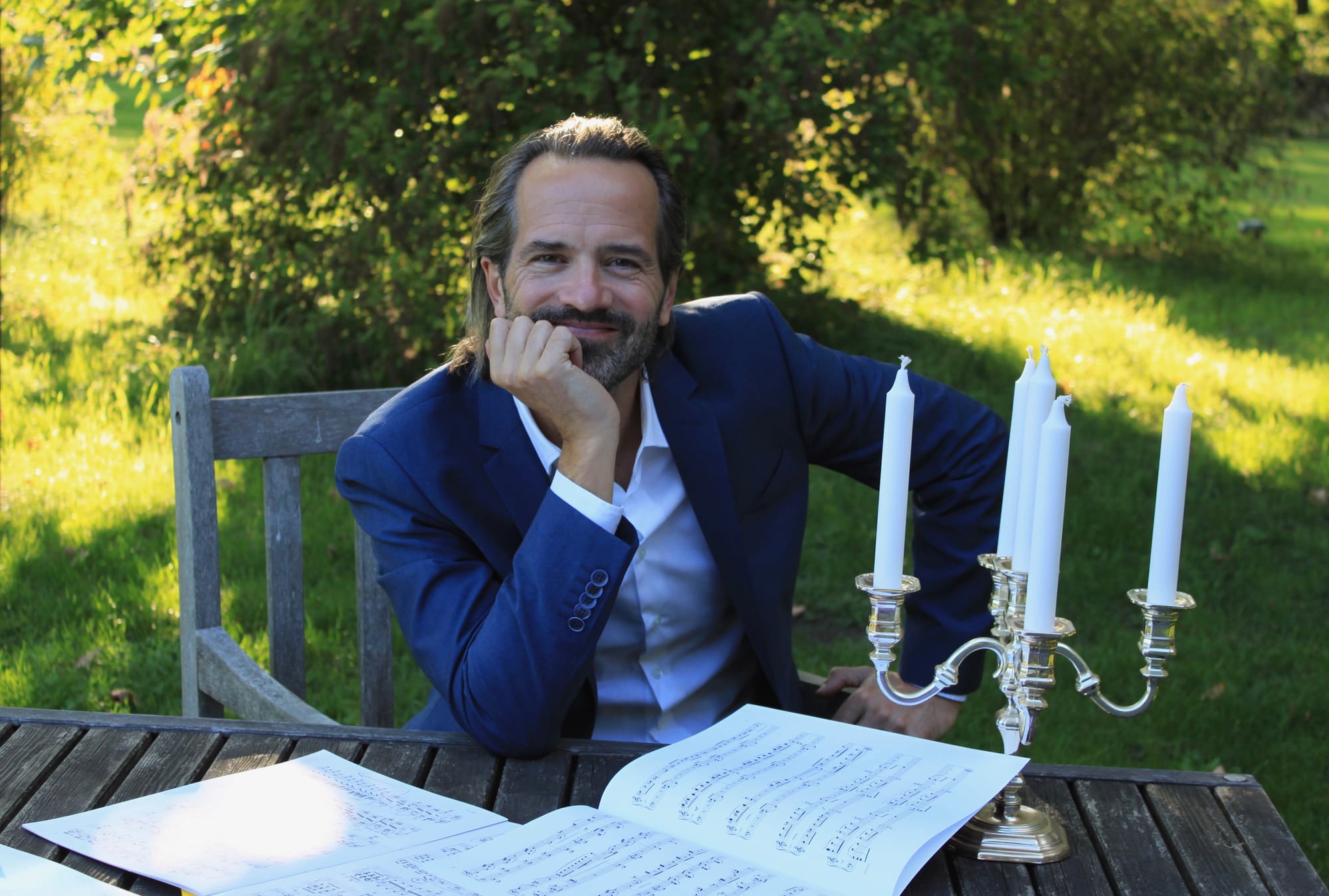Chopin Mazurkas from Peter Jablonski
This is refined, poetic piano playing of a sort rarely heard today

It is good to have a focus on Chopin's Mazurkas: they too often occupy a place in a programme that offers light relief, or appear as encores. Yet listen to this, the Mazurka No. 32 in C sharp minor, Op. 50/3, and you can hear this impression isn't necessarily true:
Chopin: Mazurka in C sharp-Minor, Op. 50/3
Peter Jablonski is a natural Chopin player; he understands this music absolutely. The Mazurka originates in a dance from the Polish province of Mazovia (around Warsaw), the Mazur, which subdivided into three basic forms : a quick, lively “mazurka,” the fast and playful “oberek,” and the more melancholy “kujawiak”. Like the piano sonata for Beethoven (Opp. 1-111), the mazurka acted as a thread through the composer’s entire compositional life; he wrote them from 1829-49.
Listen to the tightness of Jablonski's ornaments in this, the G-Minor, B. 16 (you can hear this again multiple times, perhaps most ear-catchingly in the Mazurka No. 33 in B, Op 56/1):
Jablonski finds real mystery No. 35, the third from the Op. 56 (in C minor, and one of the more famous Mazurkas by Chopin):
.. and again in the Mazurka No. 43 in G-Minor, the second from the Op. 67 set (this particular mazurka was written in 1849, the year of Chopin's death):
Bear in mind that the set of Mazurkas, Op 63, were the last published within Chopin's lifetime (although Opp. 67 and 68 carry opus numbers, their composition dates range from 1825-49 and 1827-49 respectively). Jablonski revels in the sophistication of the first of the Op, 63 set (B-Major, No. 39):
...and then there's the sheer tenderness of the Mazurka No. 47 in A-Minor, Op. 68/2 (1827):
For all of the individual qualities one can identify around this recording, it is the sense of Jablonski's immersion in a form that was so close to Chopin's heart that one takes away from the disc. When it comes to the mature sets, which Chopin organised carefully as self-standing structures, Jablonski offers a sense of organic coherence between the individual numbers that is eminently satisfying in each instance.

The booklet notes are exemplary. And - quite rightly, too - for identification of the first eight Mazurkas on the disc (all posthumously published and minus opus number), the documentation sticks with "B" numbers: Maurice Brown's catalogue of Chopin's works. Although there are other catalogues that deal with Chopin's works (Kobylańska and Chiminski), Brown's is the most well-known.
This disc is available for purchase at Amazon here. This is refined, poetic piano playing of a sort rarely heard today.
